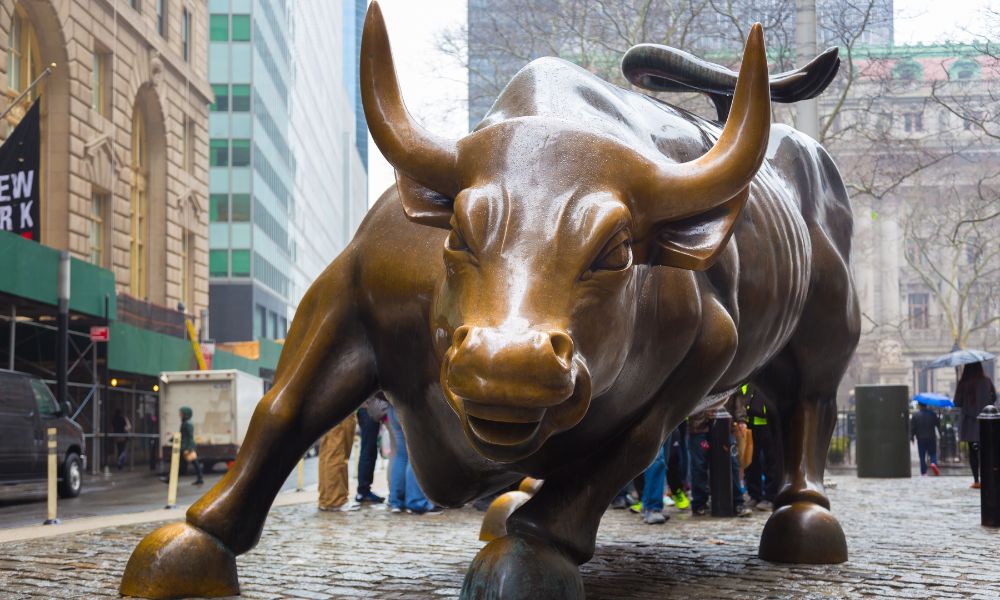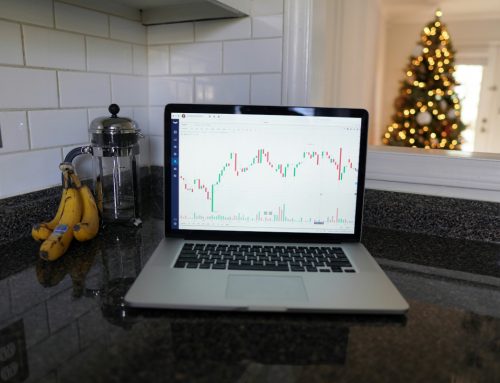Written by: Angela Akers
It was a bit of an interesting week for investors. The biggest news, and that which affected investors’ risk appetite the most, was anticipation of our fearless Federal Reserve Chairman Jerome Powell’s Jackson Hole speech. That speech took place this morning, and, as he has done in previous years, Chair Powell outlined broad policy initiatives and provided clues about the future of the Fed’s policy. The other big news was a downward revision in US employment data of 818,000 jobs through March 2024. While the news didn’t directly affect market movement or investor appetite, I can’t help but think that it may have influenced a last-minute adjustment in the Federal Reserve’s outlook for the future.
Remember, the Federal Reserve has a dual mandate to maintain price stability and to achieve maximum employment. In order to accomplish their mandate, they increase or decrease interest rates, as they deem necessary based on “the data.” And, if you recall, after July’s meeting, Fed Chair Powell stated that “The labor market has come into better balance, and the unemployment rate remains low,” a partial justification for leaving interest rates unchanged. Since that speech, the unemployment rate has risen to a nearly 3-year high of 4.3%, the revision mentioned above was released and jobless claims came in higher than expected. Powell commented today that the Fed “will do everything we can to support a strong labor market.” Before today, it was widely expected that the Fed would cut interest rates, now it seems guaranteed.
Why does this matter to the investors? Ultimately, the fate of the stock market is determined by three powerful forces, earnings, inflation and interest rates. The level and dynamics of these factors are explained by the VectorVest Truth Chart, created by Dr. DiLiddo on March 21, 2003. Each of these powerful forces are representative of the state of the economy and will rise in a strengthening economy and fall in a struggling economy. Each affects the other. Historically, rising inflation and interest rates erode earnings, while the reverse is also true. Let’s review the data.
Last week, the Consumer Price Index was released, coming in at an annualized rate of 2.9% for July, which was lower than June’s annualized reading of 3.0% and estimates at 3.0%. VectorVest tracks two measures of inflation: the CPI, Consumer Price Index, and the CRB, the Commodity Research Bureau Index. The trend of these indicators is measured on a scale of 0.00 – 2.00, with readings above 1.00 being favorable and readings below 1.00 being unfavorable. It is also important to note that these indicators are contrary indicators in which trend levels above 1.00 indicate that inflation is falling, which is good, while trend levels below 1.00 are saying that inflation is rising, which is bad for the overall economy.
With the current level of CPI at 2.90%, its Trend Indicator is 1.05, so it is regarded as favorable. The current level of the CRB is 278.72 and its trend indicator is 1.00, which is also favorable. When we take both into account to determine the overall state of inflation, the average of these two trend indicators is 1.03, which indicates that inflation is falling, which as I said above is good.
Interest rates are also contrary indicators and VectorVest’s Truth Chart tracks three measures of interest rates: 90-Day T-Bills, 10-Year T-Notes and AAA Corporate Bonds. Currently, 90-Day T-Bills are at 5.25%, 10-Year T-Notes are at 3.81% and AAA Corporate Bonds are at 4.94%. Their trend indicators are 1.05, 1.22 and 1.16 respectively. The average of these three trend indicators is 1.14 and is saying that interest rates are falling, which is good.
Still, corporate earnings are the most powerful factor driving the stock market. And despite current inflation and interest rates, and the Federal Funds rate remaining at a 23-year high for the past year, company earnings, on average, have been able to continue to thrive. In fact, according to FactSet, Q2 2024’s blended earnings growth for the S&P500 is 10.9%, marking the highest earning growth since Q4 2021 when the companies were at the height of experiencing the effects of government stimulus. VectorVest tracks earnings using our Earnings Trend Indicator, ETI. If it is above 1.00, we are in a Bull Market Scenario. If it is below 1.00, we are in a Bear Market Scenario. If we look at a 1-year Market Climate Graph and add the 50 MA EPS and ETI, we can see that the 50 MA EPS is currently at a high of $10.12 and the ETI stands at a healthy level of 1.10.
Therefore, to summarize the overall state of the economy, with earnings rising and inflation and interest rates falling, we are in a Case 2, Bull Market Scenario. This is good news, because this is where The Bull Market Thrives.
If you want to hear about How the Stock Market Works, take the time to review this week’s timeless “Special Presentation” where you will hear it directly from the Man, creator of the VectorVestsystem, Dr. Bart DiLiddo, himself.
Want These Types of Insights at Your Fingertips so You Can Win More Trades?
Use VectorVest to analyze any stock free. VectorVest is the only stock analysis tool and portfolio management system that analyzes, ranks and graphs over 18,000 stocks each day for value, safety, and timing and gives a clear buy, sell or hold rating on every stock, every day.
Before you invest, check VectorVest! Click here to ANALYZE ANY STOCK FREE and see our system in action!











Leave A Comment